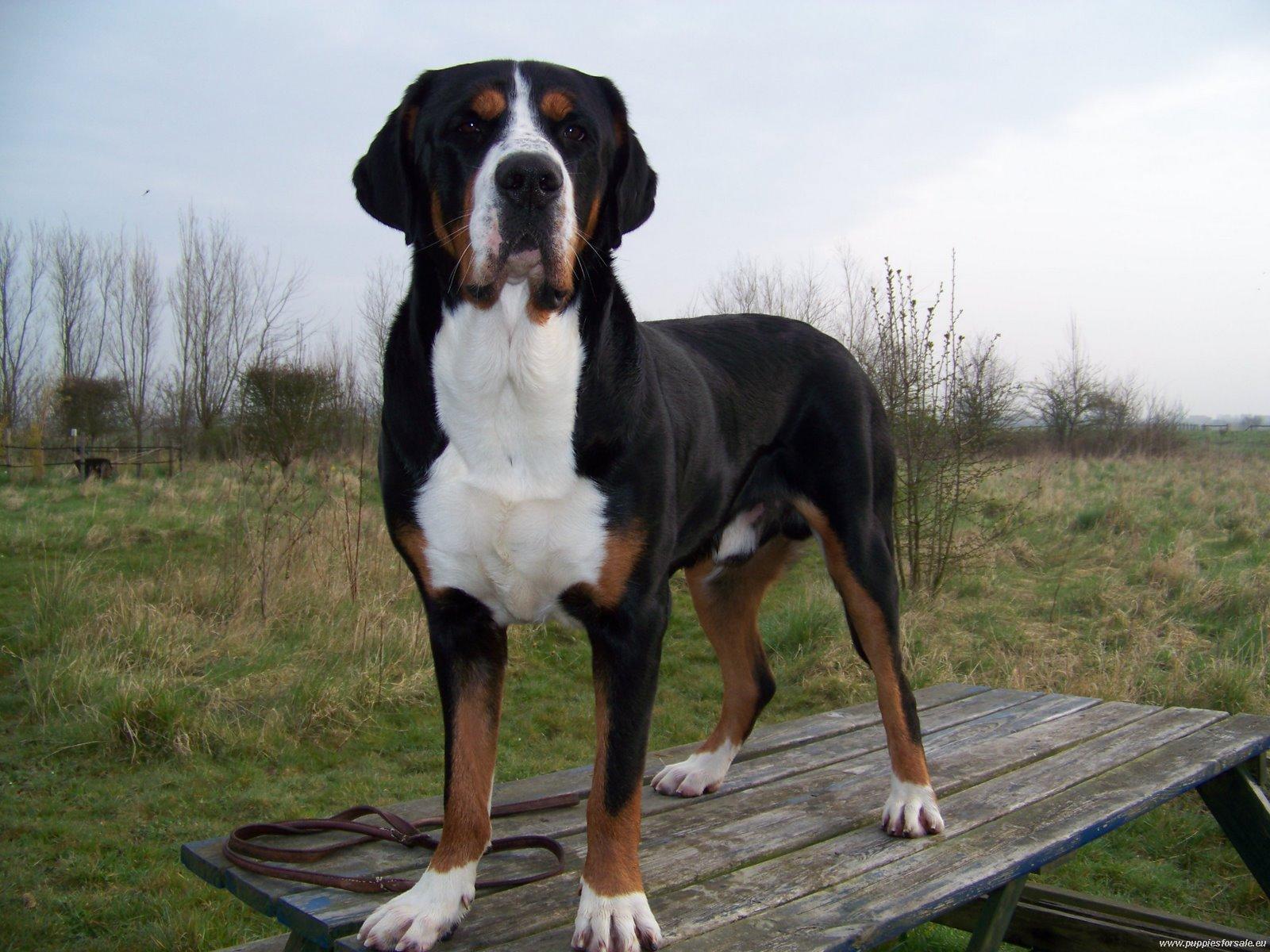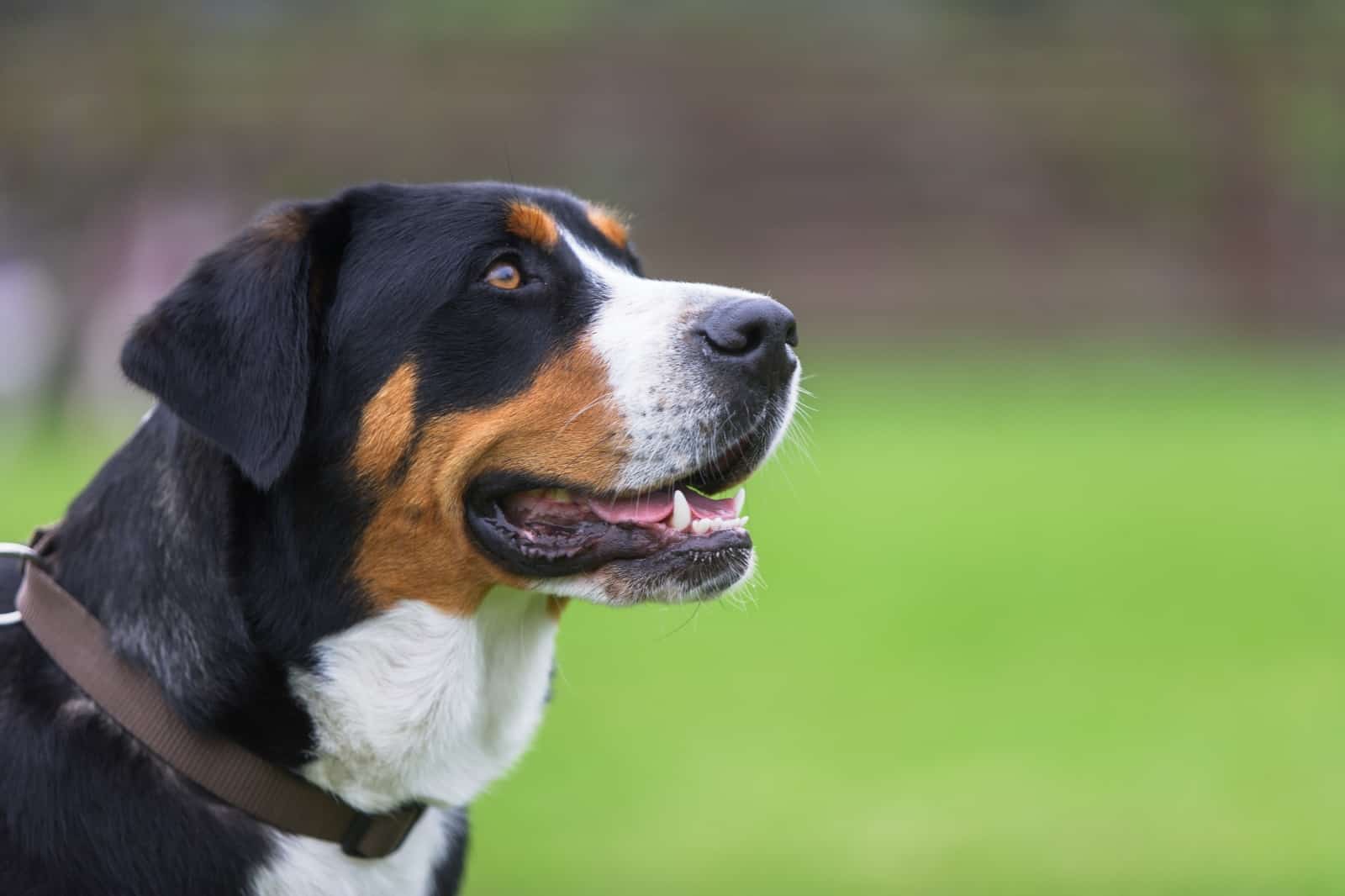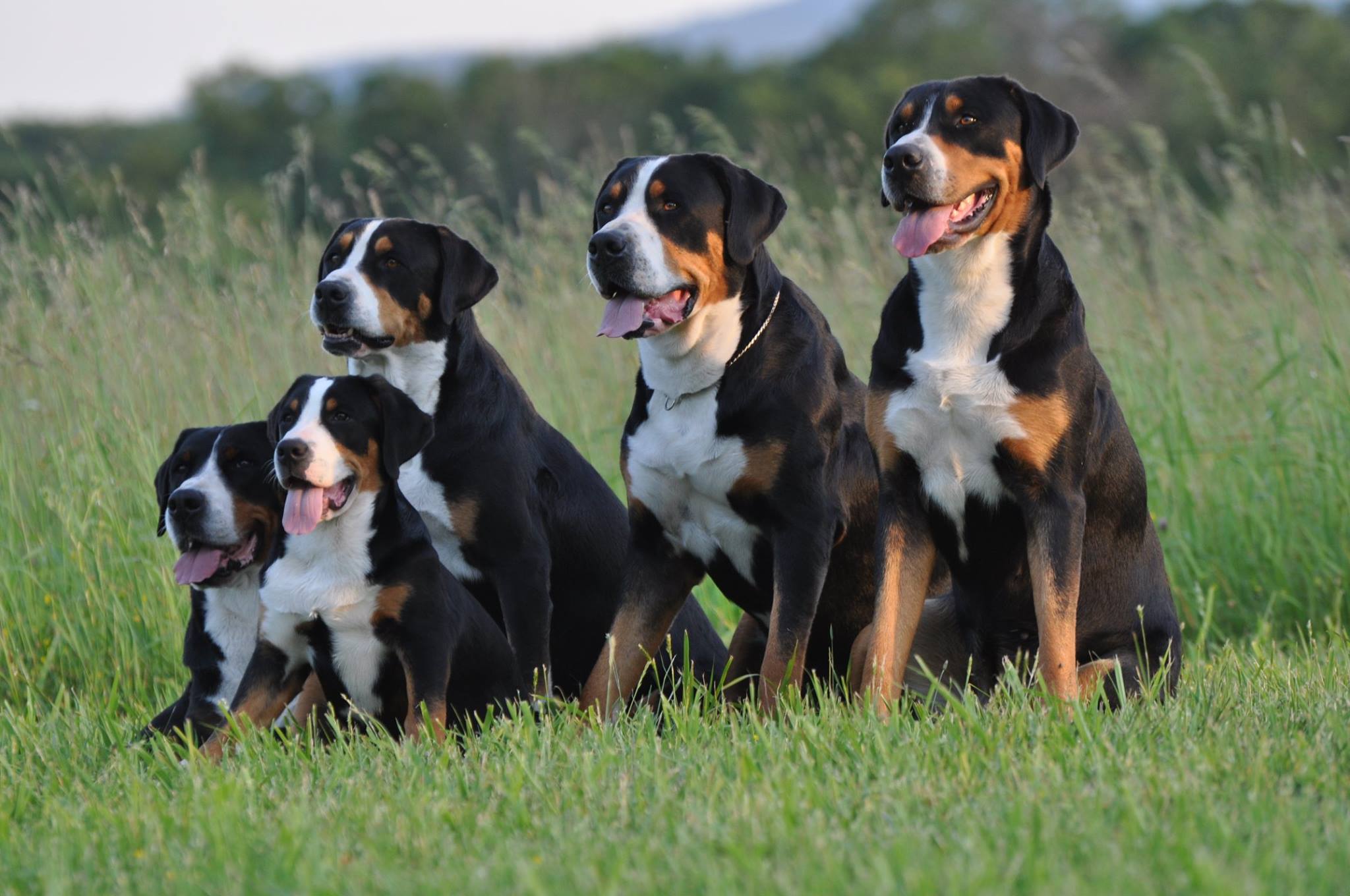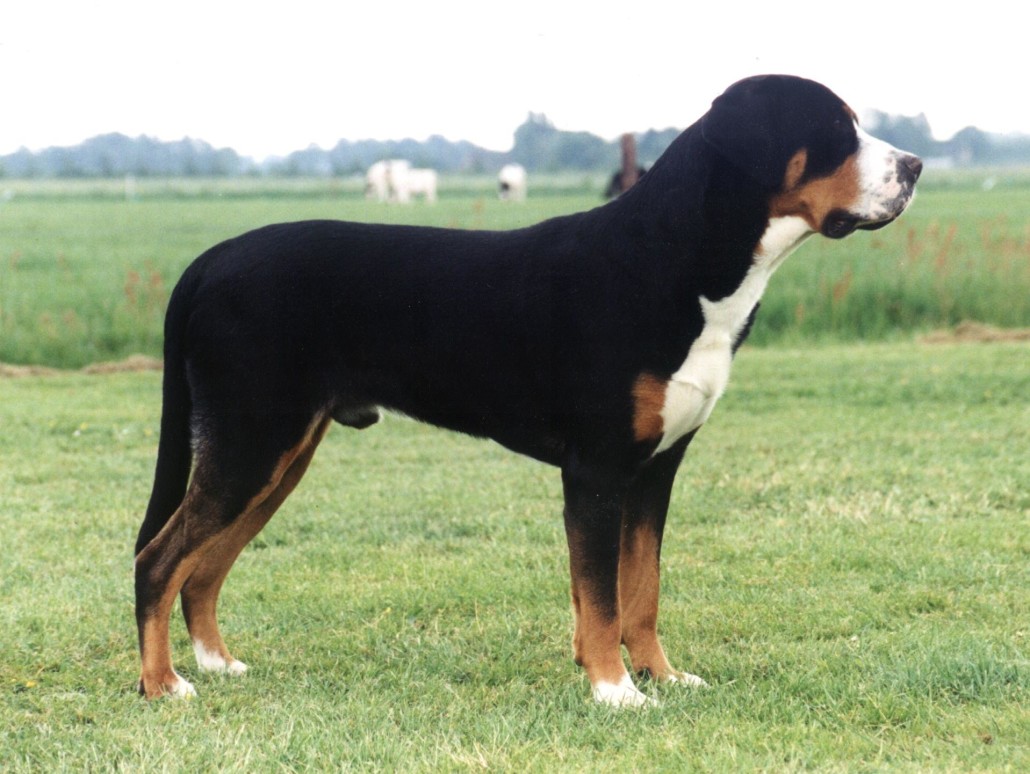Greater Swiss Mountain Dog: Health, Care & Breed Info!
Are you looking for a canine companion who embodies both strength and gentleness, a dog with a rich history and a loyal heart? The Greater Swiss Mountain Dog, a breed steeped in Swiss heritage, offers a unique blend of work ethic and affectionate companionship, making it a fascinating subject for anyone considering bringing a dog into their life.
Understanding the Greater Swiss Mountain Dog, often affectionately nicknamed the "Swissy," begins with recognizing its heritage. These dogs are more than just pets; they are a living link to Switzerland's agricultural past. For centuries, they were integral to the lives of Swiss farmers, serving as all-purpose workers. Their robust build and inherent capabilities made them ideal for pulling carts laden with goods, guarding livestock, and generally assisting with farm duties. The breed's impressive strength is well-documented; the GSMDCA (Greater Swiss Mountain Dog Club of America) notes their ability to pull loads up to a staggering 3,000 pounds. This extraordinary strength, combined with their intelligence and willingness to work, solidified their role in Swiss farming communities.
| Characteristic | Details |
|---|---|
| Name | Greater Swiss Mountain Dog (Grosser Schweizer Sennenhund) |
| Origin | Swiss Alps, Switzerland |
| Group | Working Group (AKC) |
| Size | Large: Males 25.5-28.5 inches tall, 85-140 pounds; Females 23.5-27 inches tall, 85-110 pounds |
| Coat | Tricolor: Black, white, and rust |
| Temperament | Loyal, friendly, intelligent, hardworking, gentle |
| Lifespan | 8-11 years |
| Health Considerations | Hip dysplasia, elbow dysplasia, bloat, osteosarcoma (bone cancer) |
| Grooming | Moderate shedding; requires regular brushing |
| Exercise Needs | Moderate; requires daily exercise |
| Training | Responsive to training; early socialization is important |
| Good With Children? | Generally good, but supervision is recommended |
| Reference | American Kennel Club |
The breed's story almost ended in the late 19th century. As mechanization and other dog breeds began to replace them in their working roles, the Greater Swiss Mountain Dog teetered on the brink of extinction. But in 1908, a pivotal moment occurred when Albert Heim, an expert in Sennenhund breeds, recognized the breed at a dog show in Zurich. His intervention was critical, inspiring breeders to seek out remaining specimens and reinvigorate the breed. This marked the beginning of the breed's resurgence, leading to its official recognition by the Swiss Kennel Club (SKG) in 1909, solidifying its place in Swiss history.
The Greater Swiss Mountain Dog shares lineage with several other breeds, notably the Saint Bernard, the Bernese Mountain Dog, and the Newfoundland. This connection is evident in their physical characteristics, particularly their size and build. However, each breed possesses unique traits, making them distinguishable. The tricolor coat, a signature of the Swiss Mountain Dog family, contributes to their distinctive appearance. Beyond the Greater Swiss Mountain Dog, the Bernese Mountain Dog, the Appenzell Cattle Dog, and the Entlebucher Mountain Dog also share this striking tri-color pattern.
When considering adding a Greater Swiss Mountain Dog to your family, understanding their temperament is paramount. They are known for their loyalty and their strong bond with their owners. This breed is characteristically open and friendly with strangers, making them amiable companions. Their intelligence and willingness to please also make them relatively easy to train, although early socialization and consistent training are essential to help them grow into well-adjusted adults. As working dogs, they thrive when they have a job to do, whether it's participating in dog sports, assisting with farm work, or simply accompanying you on daily walks.
It is also important to recognize the health considerations inherent in this breed. Like many large breeds, they can be prone to certain health problems. Being informed about potential issues, such as hip and elbow dysplasia and bloat, is critical. Working closely with a veterinarian and understanding preventative measures are vital to ensuring your dog's longevity and well-being. Regular check-ups, a balanced diet, and appropriate exercise are all key components of responsible ownership.
The Greater Swiss Mountain Dog's puppyhood, it must be said, tends to be a lengthy period of development. They often mature slowly, and it is not uncommon for them to reach full maturity around four or five years of age. This extended period requires owners to be patient and consistent with training and socialization to ensure they develop into well-mannered adults. Although their affectionate temperament allows them to get along with kids and even strangers, owners of Swiss puppies may face some challenges. Swiss puppies can be mouthy, active, and rambunctious, so they arent ideal for families with small children.
In terms of grooming, the Greater Swiss Mountain Dog has a double coat that sheds moderately. Regular brushing, ideally several times a week, will help manage shedding and keep their coat healthy and clean. Beyond basic grooming, the breed needs regular exercise to stay physically and mentally stimulated. Daily walks, playtime in a fenced yard, and opportunities to engage in dog sports or activities that challenge them will keep your Swissy happy and healthy. These activities will help them remain in optimal health.
The differences between the Greater Swiss Mountain Dog and other similar breeds, such as the Bernese Mountain Dog, can be subtle but significant. While their tricolor coats and general appearance are similar, differences exist in size, coat length, and sometimes, in temperament. When selecting a breed, prospective owners should consider their lifestyle and preferences. The Greater Swiss Mountain Dog's size, strength, and work ethic make it well-suited for active owners who enjoy outdoor activities and who have experience with large breeds.
The breeds historical role as a working dog is still evident. Swissies are known to retain a strong work ethic. They are adept at pulling carts and assisting with various tasks. The Greater Swiss Mountain Dog is the largest of the four Sennenhund breeds, setting them apart in stature. The Entlebucher Mountain Dog is the shortest, the Bernese Mountain Dog has the longest hair, and the Appenzeller Sennenhunde has a tail that curls.
Beyond the realm of the purebred, one should always consider the option of adoption. There are many dogs in need of loving homes, and adopting a dog can be a rewarding experience. Several organizations can connect potential owners with Greater Swiss Mountain Dogs in need of homes. Researching local breeders and rescue organizations is an excellent first step.
For those considering the breed, getting to know the characteristics of the Greater Swiss Mountain Dog is the key. It's a breed known for its strength, beauty, and loyalty. This comprehensive guide provides an exploration into the world of the Swiss Mountain Dogs, including their origins, physical traits, and temperaments. Even though they are relatively unknown, Swissies uniquely combine affection and performance. In homes, they can peacefully blend with children and other family members. The breed continues to inspire those who know it, as they combine the qualities of an athlete with the tenderness of a companion.



